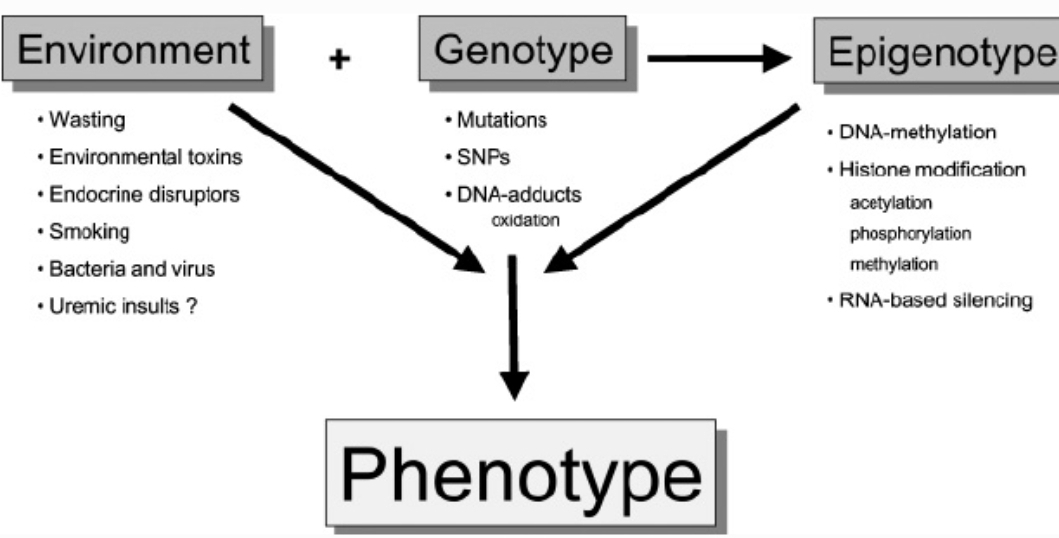HGT and Epigenetics: how they affect our Genotype and Phenotype

The percentage of horizontal gene transfer (HGT) in eukaryotes is difficult to precisely quantify, and it varies significantly depending on the lineage. Here's what we know: HGT is widespread: Studies have shown that HGT occurs in a vast majority of eukaryotic lineages, with estimates suggesting that over 90% of eukaryotes with sequenced genomes show evidence of HGT. Frequency is low compared to prokaryotes: While widespread, the frequency of HGT in eukaryotes is generally lower than in prokaryotes. This is likely due to the presence of a nuclear membrane and more complex cellular organization in eukaryotes, which can act as barriers to gene transfer. Variable across lineages: The amount of HGT varies considerably among different eukaryotic groups. For instance: Protists: Some protist lineages, particularly those living in close association with bacteria, exhibit higher rates of HGT. Plants: HGT has been documented in plants, with evidence suggesting gene transfer ...

